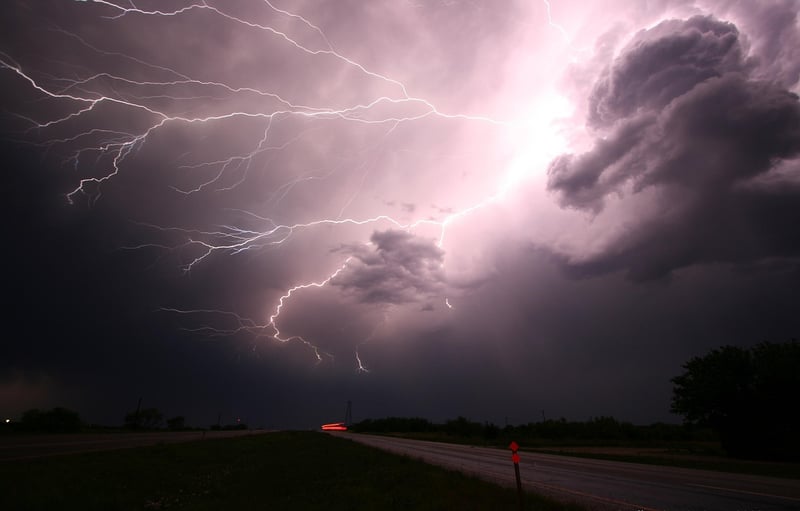Causality Control
Avoiding Timeline Disruptions and Causality Control
Time travel, a concept that has captured the imagination of many, is often depicted in science fiction as a way to change the course of history. However, the idea of altering the past raises concerns about timeline disruptions and the potential consequences of changing established events. Causality control is a key aspect of managing these risks and maintaining the integrity of the timeline.
Understanding Timeline Disruptions
Timeline disruptions occur when events in the past are altered, leading to a ripple effect that can change the future in unexpected ways. This phenomenon is often referred to as the butterfly effect, where small changes have significant and far-reaching consequences.
Examples of Timeline Disruptions
- Preventing a key historical figure from being born, leading to a different political landscape.
- Introducing advanced technology before its time, altering the course of scientific progress.
- Changing the outcome of a significant historical event, such as a war or revolution.
Causality Control
Causality control is the practice of ensuring that any actions taken in the past do not disrupt the natural flow of events or create paradoxes. This involves careful planning, adherence to strict guidelines, and monitoring the consequences of any changes made.
Strategies for Causality Control
- Limiting the scope of interventions to minimize potential disruptions.
- Creating backup plans in case of unintended consequences.
- Using advanced technology to track changes and their effects on the timeline.
Conclusion
While the idea of time travel is fascinating, the risks associated with timeline disruptions highlight the importance of causality control. By understanding the potential consequences of altering the past and implementing strategies to mitigate these risks, we can explore the concept of time travel responsibly and without causing irreparable harm to the timeline.
Remember, the fabric of time is delicate, and any changes made must be done with caution and consideration for the impact they may have on the course of history.


For further information on time travel and causality control, visit Scientific American.
